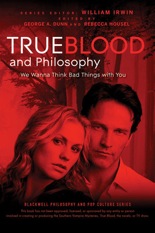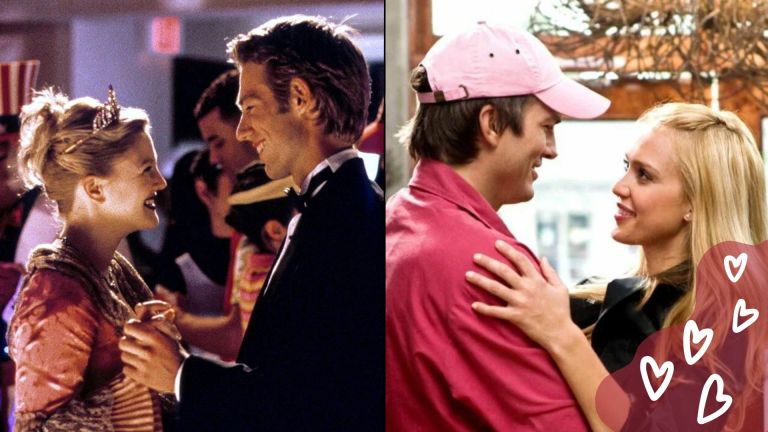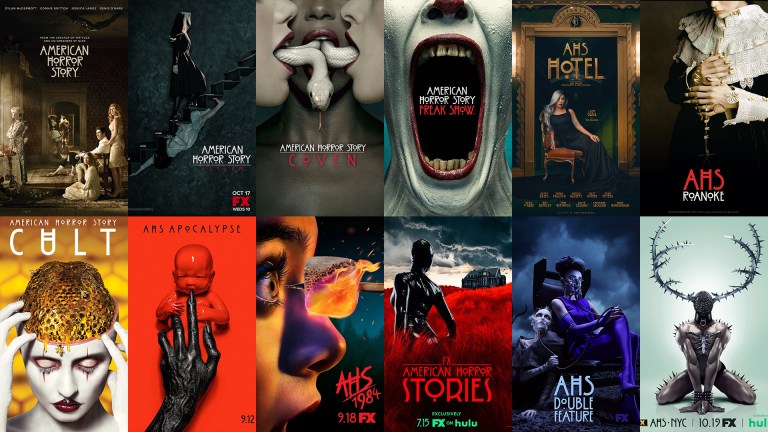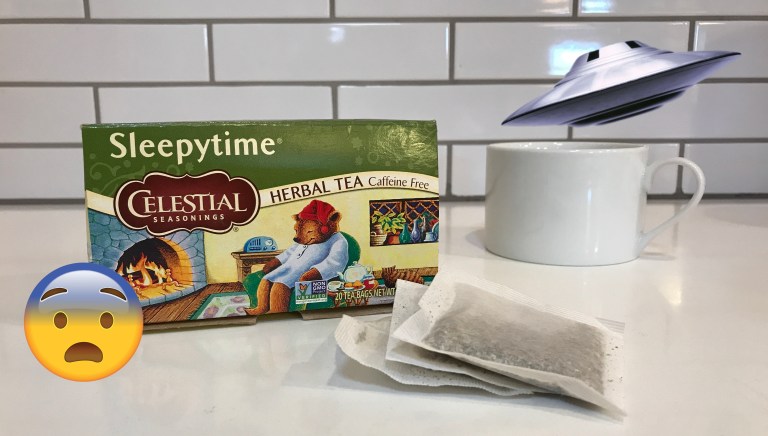George A. Dunn et al.: True Blood and Philosophy
So what I look for first in such books is accurate philosophy. It is not easy to teach philosophy in the bite sizes necessitated by these short essays, and brevity can distort. Connecting philosophy up to popular culture also requires knowledge of and sensitivity towards the material. In reading this series, if I get something…


There are now two series dedicated to philosophy and popular culture. The original, Popular Culture and Philosophy series (Open Court) began with Seinfeld and Philosophy in 2000 and is now on volume #52, Manga and Philosophy. One of my very first publications was a review of Seinfeld and Philosophy, and I contributed to the 4th volume in that series, Buffy and Philosophy.
The newer series, Philosophy and Popular Culture (Blackwell) launched in 2007 with 24 and Philosophy. True Blood and Philosophy, which I received gratis as an examination copy, is the 20th volume in the series.
Within the philosophical community, there is some debate about the value of these books. And by “debate”, I mean that some critics see these books in the same way an evangelical Christian sees a darkened sky and oceans turning to blood. For two examples, check out this post, or this one.
My own feeling is that the discipline is in pretty bad shape if two lightweight and fun book series can destroy its credibility. The trick with these books, especially for the cynical professional philosopher, is to go in with the right expectations. As Blackwell puts it:
Our goal with the Blackwell Philosophy and Pop Culture Series is to get philosophy out of the ivory tower by publishing books about smart popular culture for serious fans. With each volume in this series we seek to teach philosophy using the themes, characters, and ideas from your favorite TV shows, comic books, movies, music, games, and more.
Few if any of the essays in these books constitute philosophical research. The best of them of make contributions to the academic study of popular culture. But many don’t even do that: they are content to connect up a Philosophy 101 concept or problem (free will, personhood, the social contract, the problem of identity, etc.) with an aspect of popular culture in order to help readers (fans and students) understand philosophy in light of a pop culture phenomenon with which they are familiar.
If you read these volumes with the same expectations you would have for an issue of peer reviewed academic journal, you aren’t being fair. I suppose some critics object to using examples from popular culture to teach philosophy (and by “teach”, I mean both in formal settings like classrooms, and the kind of self-teaching average fans might do when they pick up such books at Borders). That may be because they think popular culture is harmful (we should all be reading Proust instead), or because they don’t think using popular culture to teach philosophy works.
I have no comment on the former, but for the latter I will need to see some argument. What I know, after being in the front of a philosophy classroom for 12 years, is that starting from a place where students feel knowledgeable and comfortable can work very well to introduce them to a subject they have likely never directly encountered, a subject which in the absence of direct knowledge, signifies for many students obsolescence and irrelevance … if it signifies anything at all.
So what I look for first in such books is accurate philosophy. It is not easy to teach philosophy in the bite sizes necessitated by these short essays, and brevity can distort. Connecting philosophy up to popular culture also requires knowledge of and sensitivity towards the material. In reading this series, if I get something really insightful about the pop culture object of reflection — something that could be developed and published in a peer reviewed popular culture studies journal – I am delighted. And if I learn something about philosophy, or am made to see philosophical connections where I hadn’t, I consider it an unexpected bonus. A final requirement is restraint in the use of puns.
On most these counts, True Blood and Philosophy succeeds. It is divided into five sections, with three essays each: one on ethics, one on politics, one on sexuality and gender, one on the supernatural and divine, and one on metaphysics. The list price, $17.95 for a softcover, may be prohibitive for some readers, but Amazon has it new for $12.21 and there’s a Kindle edition for $9.99. As is typical for such collections, the contributors range in their connection to the discipline of philosophy, from tenured associate professors in the field to an undergraduate student (the latter being the daughter of one of the editors). There are also contributions from academics trained in art history, public policy, English, and political science. A few contributors hail from non-academic life: editors, contractors, and human resources specialists.
An initial concern I had about this volume was that at most two seasons of the TV show True Blood would have been aired before it went to press. Knowing that the book series on which it is based, Charlaine Harris’s Southern Vampire Mysteries, is now in its 10th installment, and that the show, which has great ratings, will likely continue into several more seasons, I questioned the rush to get this out. My concern was alleviated to some extent by two factors (1) most of the contributors seem to have read the books, and often make reference to them in the essays (so, a big spoiler warning for fans), and (2) the essays deal more with world itself, not on detailed character examinations or plot. Since most of the world building is complete in the first two books/seasons, it mostly works.
The volume focuses very heavily on vampires. Those looking for more on the shapeshifters, weres or fairies that populate Charlaine Harris’s world will be disappointed. Perhaps a casualty of taking their cue more from the show than the series, there is also less focus on Sookie than I would have liked. The books are written in the first person, and Sookie is a very complex and interesting character. Most of Sookie is lost in Alan Ball’s vision, which is extremely androcentric. One essay,”I am Sookie. Hear Me Roar: Sookie Stackhouse and Feminist Ambivalence”, by Lillian E. Craton and Kathryn E. Jonell, reflects on the difficulties of feminist alliance (many of Sookie’s enemies are women), complicated by the different social locations women inhabit, some of which may place them (Tara) at a disadvantage relative to their white middle class sisters (i.e. Sookie), the double edged sword of female sexuality — both empowering and dangerous for women (Maryann, whom the authors see as the ultimate victim of female sexuality), and Sookie’s struggles to maintain her independence and autonomy while dating and working for men who have the potential to overpower her. On this last:
Sookie’s conflicted emotions about workplace relationships and her ongoing attraction to vampires complicate the potential of True Blood and the Southern Vampire Mysteries as feminist social commentary. Sookie’s biggest challenge doesn’t seem to be fighting oppression, but sorting out her own desires.
This essay raises several important issues, any one of which could constitute the subject of an independent investigation, and it is too bad the editors didn’t make room that that approach. It’s also compromised, in my view, by trying to cover both the television show and the books, which differ markedly in their treatment of these issues. Alan Ball’s version of the character of Tara, for example, as a constantly victimized, ineffectually perpetually angry, shortsighted (to the point of stupidity) black woman is nearly unrecognizable to readers of the novels, who know Tara as a white woman with a level head who overcame a horrendous childhood (and, yes, who makes mistakes). The same goes for Maryann. And while the Sookie of the TV show is just a plucky gal with telepathic abilities, in the novels, Sookie is an incredibly astute, complex character, who recognizes that she is disadvantaged by her gender, her “disability”, and her economic status.
Some of the essays are very straightforward explications of basic philosophical concepts. For example, the first essay, “To Turn or Not To Turn”, by Christopher Robichaud, explicates the concept of informed consent using the example of Bill turning Jessica into a vampire (“vampires need explicit, informed, noncoercive consent before they’re permitted to turn the living into the undead”), while “Pets, Cattle and Higher Life forms on True Blood”, by Ariadne Blayde and George A. Dunn, is effective at exploring moral ranking among kinds of being (“The assumption that human beings occupy the highest rung on the great ladder of being ins challenged in True Blood by the existence of a species that seems to be superior to us in every way, possibly even in their kinship with the divine.”). “Signed in Blood: Rights and the Vampire-Human Social Contract”, by Joseph J. Foy and “Honey, If We Can’t Kill People, What’s the Point Of Being a Vampire: Can Vampires Be Good Citizens?” by William M. Curtis, both consider what it would take for vampires to have rights and function as full citizens. Are vampires just another unique subculture claiming its rights, which our liberal democracy should accommodate, and what would that require (would a “life sentence” for a criminal vampire be cruel and unusual punishment?). The question of “what is natural” and how we define it, so important to debates over sexuality and new reproductive technologies, is addressed by Andrew Terjesen and Jenny Terjesen in “Are Vampires Unnatural”. Patricia Brace and Robert Arp explore connections between the social and moral status of vampires and and gays in “Coming Out of the Coffin and Coming out of the Closet”. Finally, criteria of personal identity are explored by Sarah Grubb’s “Vampires, Werewolves, and Shapeshifters: The more they change, the more they stay the same”.
A standout, especially for readers who know something about vampire mythology, is Bruce A. McClelland’s “Un-True Blood: The Politics of Artificiality.” McClelland, who has published a book on vampires and their slayers, situates True Blood within the evolving vampire lore. He wonders whether
the attempt to bring vampires into the human world by encouraging them to consume TruBlood represents a drive to ensnare them in our same dependencies and lack of freedom that characterize our society, one that many would characterize as lacking belief, trust, or a deep link to nature.
Another very interesting essay is Fred Curry’s “Keeping Secrets from Sookie”, which explores the epistemological questions raised by Sookie’s telepathy, such as “whether anyone could possess any kind of knowledge that even the most powerful telepath couldn’t learn using her powers?”.
There is quite a bit of overlap in the essays, especially on the moral status of vampires, and their connections to other marginalized subgroups. This overlap was made even more manifest by the choice of the same quotations (Eric and Sookie’s discussion about whether humans are to antelopes and as vampires are to lions, for example) and sources (No fewer than three essays discuss Thomas Nagel’s “What is it like to be a bat?”). Many of the essays rely on a pseudo documentary about vampires, from the first season’s DVD. something many readers will not have seen. And some of the essays, in trying to keep a light tone, go a bit too far, for example Brace and Arp’s final exhortation that:
coming out of the coffin or the closet these days requires courage. Let’s hope, pray, and act so that in the future anyone, regardless of sexual orientation, religions or race, whether living or dead, can find acceptance along with basic human and civil rights in Bon Temps and your hometown, too.
I wish the editors had waited a couple of years to publish this volume. Perhaps a few more seasons of True Bloodwould have drawn more essays on other aspects of the narrative, such as Sookie’s problematic conception of her telepathy as disability, fascinating communities like the werepanthers of Hotshot or the weres of Shreveport, the complex relationship of Southern identities to various forms of Christianity, to name just a few.
Overall, though, this is a fun book for fans of the show with no philosophical background, and a good resource for teaching our vampire-loving students some basic concepts in philosophy. The brevity of each essay left me with more questions than answers, but that’s what good philosophy teaching does. ![]()




